Are you overlooking the transformative power of tree trimming and pruning in your garden? While many homeowners prune out of necessity, true experts know that strategic care can revolutionize a landscape, creating vibrant, healthy trees and shrubs that boost your home’s appeal and value. Dive into this comprehensive guide to unveil insider secrets, actionable tips, and essential steps to mastering both tree trimming and pruning. Your garden’s best days are just a trim away!
Are You Maximizing the Benefits of Tree Trimming and Pruning?
Tree trimming and pruning aren’t just seasonal chores—they are vital components of responsible tree care that ensure your outdoor oasis thrives year-round. When executed with expertise, these techniques encourage new growth , enhance the structure of your trees and shrubs, and drastically mitigate potential safety hazards from dead or weak limbs. Yet, countless gardens undershoot their full potential due to overlooked or sporadic care.
For example, consider how removing dead or diseased branches greatly improves trees’ health while reducing the risk of falling limbs during storms. Pruning and trimming also shape younger trees for long-term stability and beauty. Homeowners who schedule routine maintenance often find their landscapes are not only more resilient—withstanding pests and disease more readily—but also develop a denser canopy and more prolific flowering. In contrast, neglect or improper techniques can cause lasting stress, stunt growth, or leave unsightly scars on your favorite plants. Are you tapping into every advantage that proper tree trimming and tree pruning can offer your property?
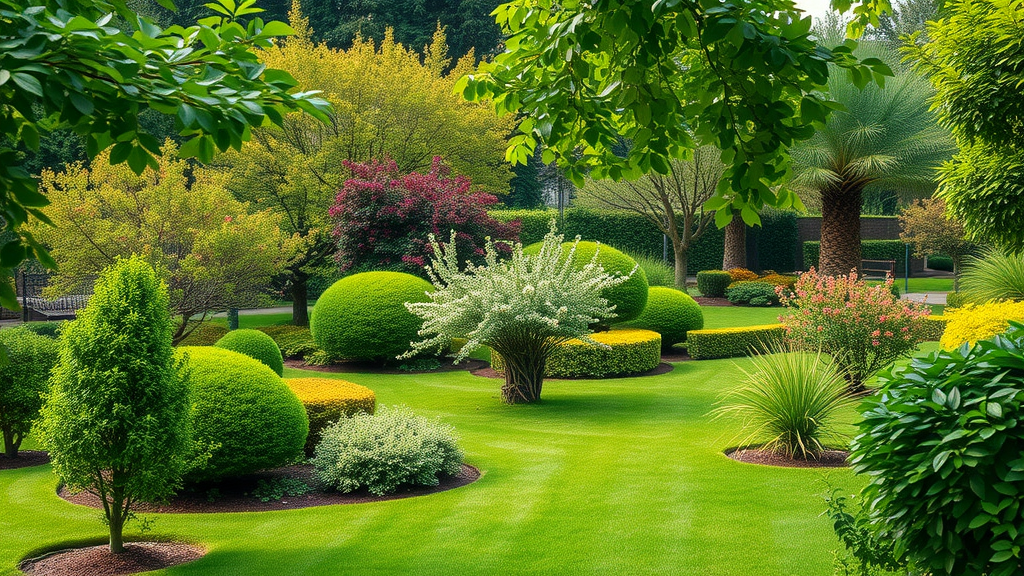
Unlocking the Power of Professional Tree Trimming and Pruning
Professional tree service goes beyond mere maintenance. When tree trimming and pruning are performed by skilled hands, every cut considers the tree’s biology, the season’s impact, and how best to stimulate healthy new growth. A certified arborist can read your tree’s subtle cues—such as leaf color, branch angle, and bark health—to tailor their approach for optimal results.
With the health of your tree at the forefront, professionals focus on strategic cuts that remove problem limbs, shape the canopy, and prevent the spread of disease. Safety is paramount: trimming large branches or trees near power lines demands specific training and tools to safeguard your home and landscape. When you employ a qualified expert, you gain access to experience, precise equipment, and an eye for detail that often reveal underlying issues otherwise missed during DIY efforts.
If you're interested in the practical side of maintaining your landscape, understanding the costs and budgeting for professional tree services can be just as important as mastering the techniques. For a detailed look at what to expect when hiring experts, explore this comprehensive guide on tree service costs and budgeting for professional care .
The Science Behind Tree Pruning and Tree Trimming
Tree biology is fascinating—and knowing how sap flows, or how the branch collar functions, makes all the difference in tree care. The branch collar is a swollen area at the base of a branch, acting as the tree’s natural defense against decay after a limb is removed. Precision is essential: clean cuts just beyond the collar enable faster healing and less stress.
Tree pruning involves removing selected branches to regulate growth, improve structure, or eliminate hazards for the tree’s long-term vitality. In contrast, tree trimming typically focuses on shaping the tree for aesthetics or safety, like keeping branches away from buildings or walkways. Understanding the unique growth patterns of species ensures the trees and shrubs in your garden remain strong, attractive, and resilient throughout the seasons.

Tree Trimming and Pruning: Core Differences Explained
It’s a common question: What’s the real difference between tree trimming and tree pruning? While both help maintain the health of your trees and shrubs, their objectives—and the tools required—vary. Pruning usually targets the removal of dead, diseased, or crossing branches to stimulate growth and reinforce the structure, particularly for young trees . Trimming , on the other hand, typically aims to manage overgrown limbs and sculpt the tree’s overall shape.
Failure to distinguish between these tasks can lead to over-pruning—a mistake that may weaken trees or leave them susceptible to disease. Large branches require specialized saws and careful cutting to avoid splitting, whereas light trimming for shaping may only require bypass pruners or shears. Each technique plays a role in maintaining the overall health of the tree and the appearance of your landscape.
Pruning and Trimming: Goals, Tools, and Techniques
Effective tree care starts with defining your goal: are you guiding the growth of a young tree , eliminating risks, or simply maintaining the shape of your favorite large oak? Use specialized loppers or pole saws for high or large branches , and always sterilize tools between cuts to prevent disease spread among trees and shrubs .
The technique matters. Clean, angled cuts made just outside the branch collar allow the tree to seal wounds naturally. For a final cut, professionals often recommend the “three-cut method” for large limbs, ensuring the bark doesn’t tear and exposure to pathogens is minimized. A certified arborist will select the right time and method for your species and goals.
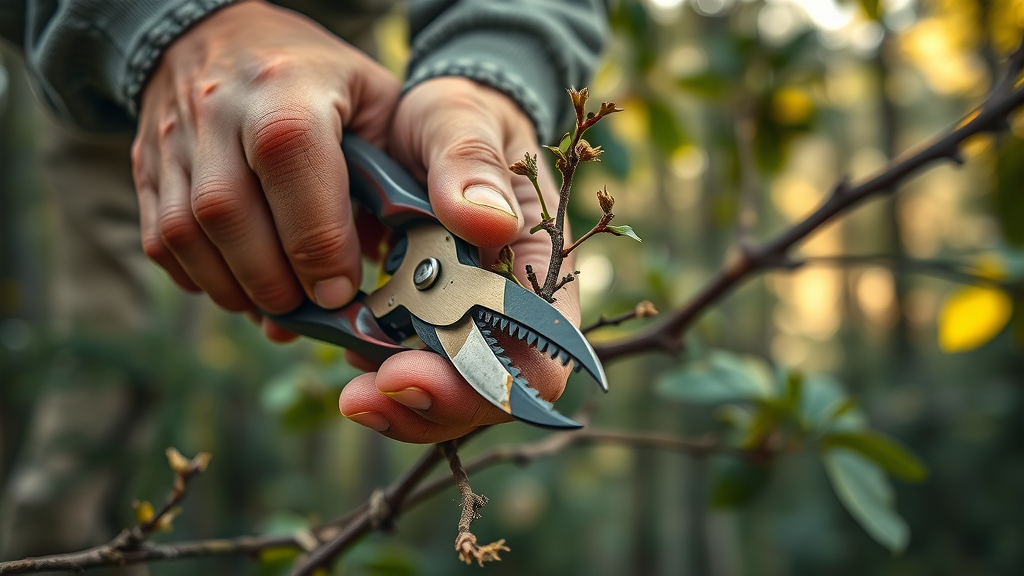
"A well-pruned tree is an investment that grows over decades." – Certified Arborist Perspective
Tree Service Insights: Why Certified Arborists Make the Difference
Not all tree service providers are created equal. Working with certified arborists means you get someone trained in the art and science of tree trimming and pruning. They understand the nuances of tree health , from how specific cuts influence future growth to the long-term impact on the surrounding landscape.
ISA-certified arborists, in particular, have undergone rigorous testing and adhere to best practices that keep your trees healthy while preserving safety. Many homeowners don’t realize that inappropriate trimming or pruning can cause lasting damage—so the investment in professional expertise pays off in the lush rewards of a thriving garden.
Evaluating Tree Service Providers for Trimming and Pruning
Choosing the right crew for your garden is critical. Look for accreditation, proof of insurance, and local references. High-quality providers frequently offer on-site assessments to inspect trees and shrubs for potential issues before developing a customized plan.
Ask each company about their process for handling large branch removal or how they minimize stress on mature and young trees . Ensure they follow ISA guidelines and use up-to-date, sterilized equipment. Lastly, reputable tree care professionals provide guidance for after-care, so your trimmed trees recover quickly and optimally.
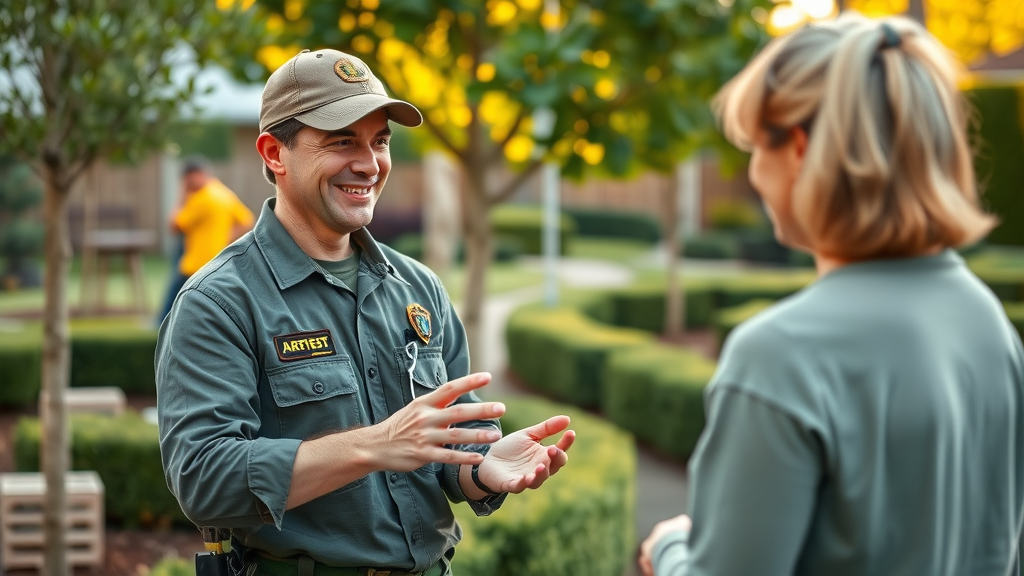
Step-by-Step Guide to Safe and Effective Tree Trimming and Pruning
- Assessing tree health before trimming or pruning: Inspect for signs of decay, disease, or structural weaknesses, noting any dead limbs or unusual growth.
- Choosing the right tools for large branches and delicate cuts: Use sanitized, sharp tools—loppers for smaller limbs, pruning saws for larger branches, and scissors for shrubs.
- Best practices for making clean cuts and minimizing tree stress: Cut branches just outside the branch collar at a slight angle; avoid flush cuts and never remove more than 25% of a tree’s canopy at once.
- Disposing of trimmings properly to prevent pests: Gather and dispose of clippings promptly or compost away from healthy plants to prevent pest infestations.
Careful planning and execution of each step are crucial—rushed or improper approaches can severely stress or disfigure even the hardiest trees and shrubs. Assess the health of the tree before you snip, select the appropriate tool, and always clean between tasks to avoid accidentally infecting your garden with harmful bacteria or fungi.
Common Mistakes in Tree Trimming and Pruning to Avoid
- Cutting large branches incorrectly: Making one heavy cut can tear bark or leave ragged wounds. Use the three-cut method for large branches to prevent trunk injury.
- Improper timing for trimming and pruning: Pruning during peak growth or when sap is flowing heavily can stress the tree. Follow species-specific seasonal guidelines for healthier results.
- Over-pruning leading to weak growth: Stripping too much foliage stunts growth and exposes bark to sunburn and pests, reducing the tree’s natural defenses.
- Neglecting young trees and shrubs: Early structural care shapes sturdy, beautiful trees—ignore this, and young specimens may grow weak or misaligned, creating hazards and costly fixes later.
Avoiding these pitfalls ensures that your tree trimming and tree pruning efforts are not only safe but also effective, leading to thriving, well-structured trees and shrubs for years to come. Always consider the long-term health of the tree and when in doubt, consult a certified arborist for guidance.
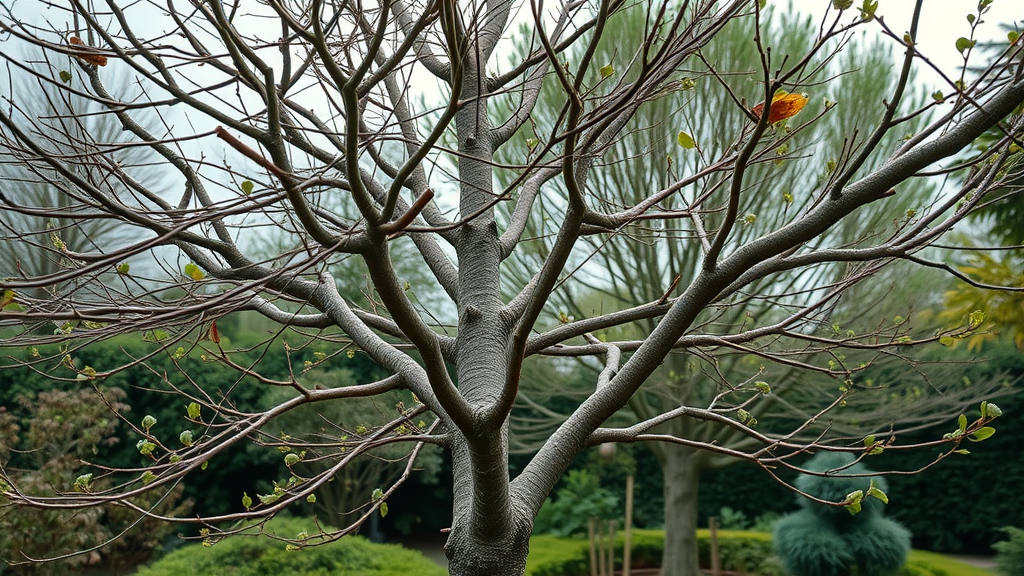
Optimal Timing: When to Schedule Tree Trimming and Pruning
| Month | Best Practice |
|---|---|
| Late Winter/Early Spring | Pruning most trees before active growth |
| Late Summer | Trimming branches to shape and maintain trees |
| Dead or Diseased Wood | Remove at any time to prevent spread |
Early spring and late winter are prime times for pruning—just before new growth emerges but after the harshest cold has eased. However, always remove dead or diseased branches as soon as they’re identified, no matter the season, to uphold the health of your tree . For ongoing shaping, light tree trimming in late summer performs well for many species, avoiding disruption to growth cycles.
Tree Trimming and Pruning: Frequently Asked Questions
What is the difference between tree trimming and tree pruning?
Tree trimming primarily focuses on shaping trees for a tidy appearance and removing overgrown limbs, especially for safety near structures. Tree pruning is performed to enhance the health, structure, and growth of a tree by removing dead, diseased, or crossing branches. The main difference lies in their goals—trimming for aesthetics and clearance, pruning for health and longevity.
What is a reasonable price for tree pruning?
The cost of tree pruning varies based on tree size, location, and complexity of the job. On average, expect to pay anywhere from $150 for small young trees up to $800 or more for large trees with intricate branch structures. Always request quotes from certified providers and prioritize quality and safety over cost-cutting.
What are the 5 rules of pruning trees?
1. Always make clean cuts just beyond the branch collar . 2. Remove dead or diseased branches as soon as you see them. 3. Never remove more than 25% of a tree’s leafy canopy in a single season. 4. Use the correct tools for branch size, and sterilize often. 5. Prune to enhance natural shape and promote strong branch structure, avoiding flush or stub cuts.
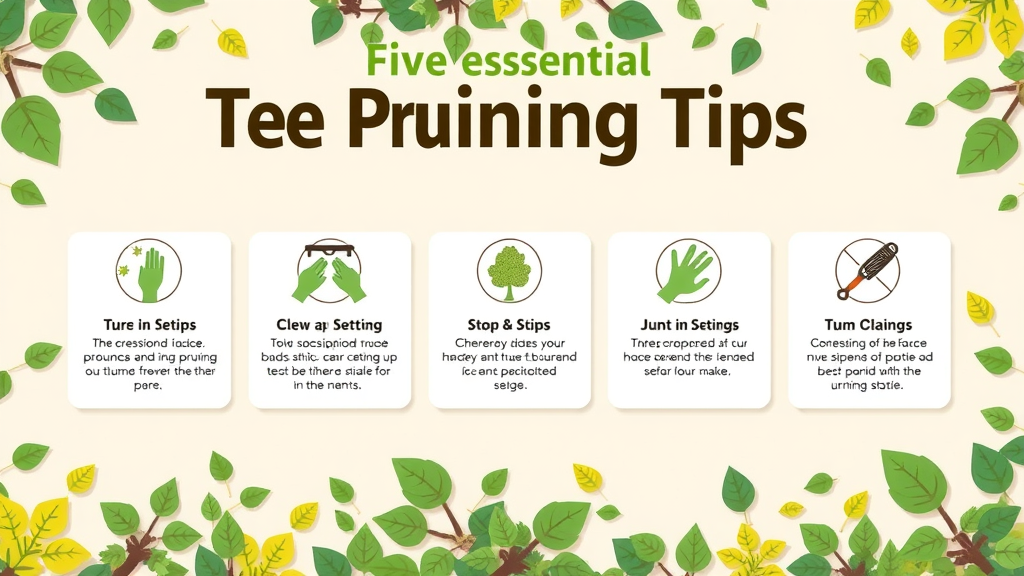
What month should I trim my trees?
Most trees benefit from trimming in late winter or early spring , just before new growth begins. This timing minimizes stress and exposes wounds to fewer pests or diseases. Certain species with spring blooms should be pruned immediately after flowering, while removal of dead branches is suitable at any time of the year.
Essential Tree Trimming and Pruning Tips for Trees and Shrubs
- Inspect trees and shrubs annually for disease, damage, or signs of overgrowth.
- Choose sharp, sterilized tools for every cut to prevent infection.
- Avoid pruning during active flowering for some shrubs to preserve blooms.
- Always consult a certified arborist for removing large branches or addressing complex growth issues.
Diligence in these practices keeps your trees healthy and beautiful year-round, fostering a resilient and attractive landscape.
How Professional Tree Service Enhances Tree Trimming and Pruning Results
Hiring a tree service staffed by certified arborists is the difference between a quick fix and long-lasting vibrancy. These professionals strategize each cut, applying a blend of science and artistry that supports both immediate aesthetics and overall tree health. Specialists account for the branch structure , age, and species, tailoring care to the unique needs of each tree.
Properly executed, professional tree trimming and tree pruning can drastically encourage new growth , protect your property from storm damage, and create an outdoor environment that’s both safer and more welcoming. The investment is matched by a landscape that increases in beauty and value with every passing season.
Role of Certified Arborists in Long-Term Tree Care
Certified arborists aren’t just experts in cutting and trimming—they are dedicated stewards of long-term tree care . They regularly inspect for evolving risks, provide recommendations for optimizing health, and maintain records on your landscape’s progression. Their knowledge of local pests, climate trends, and soil conditions enables proactive decisions that keep both young trees and mature giants strong for generations.
Enlisting an ISA-certified arborist’s advice means your trees benefit from science-backed techniques and tested best practices, ensuring resilient, flourishing growth and reduced risk of disease or failure.
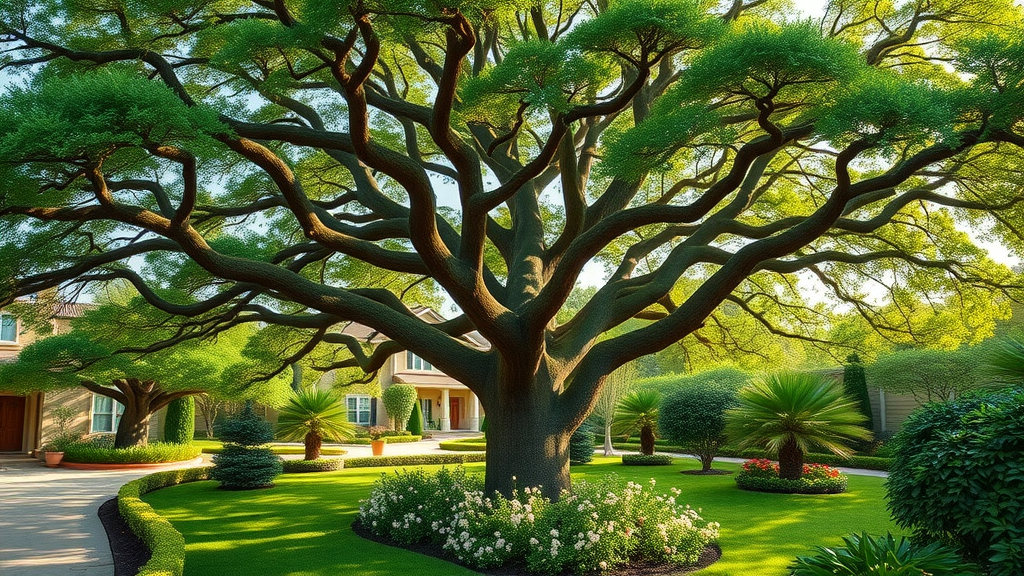
Visual learners, this one’s for you! Our curated video guide reviews side-by-side footage of tree trimming and tree pruning in action, so you can see the techniques, tools, and impacts on tree health first-hand. Learn how small details make a big difference and demystify the process for stunning, confident results in your own garden.
Dive even deeper with an expert walkthrough of essential tools and safe handling for every step—from reaching large branches to delicate snips on shrubs . Discover tips that professionals use to protect trees from stress and injury, and know exactly what equipment you’ll need for your specific plant types.
Take the Next Step with Expert Tree Trimming and Pruning
Ready to elevate your landscape? Reach out to your local ISA-certified arborist or trusted tree service for a personalized assessment. With professional tree trimming and pruning, your garden’s true potential is only a cut away—take action now for vibrant, healthy trees all season long!
As you continue to refine your approach to tree care, consider expanding your knowledge beyond technique and into the strategic aspects of maintaining your landscape. Understanding how to budget for professional tree services can empower you to make informed decisions that protect both your investment and your garden’s long-term health. For a deeper dive into planning and cost-effective strategies, discover the essentials of budgeting for professional tree care in Connecticut —and unlock the next level of confidence in your garden’s future.
Regular tree trimming and pruning are essential practices that offer numerous benefits for both your trees and overall landscape. By removing dead or diseased branches, these techniques promote healthier growth and enhance the structural integrity of trees, reducing the risk of falling limbs during storms. ( njarbor.com ) Additionally, trimming improves air circulation and sunlight exposure, fostering a more vibrant and resilient garden environment. ( nationwide.com ) Engaging in consistent tree maintenance not only safeguards your property but also elevates its aesthetic appeal and value.
 Add Row
Add Row  Add
Add 

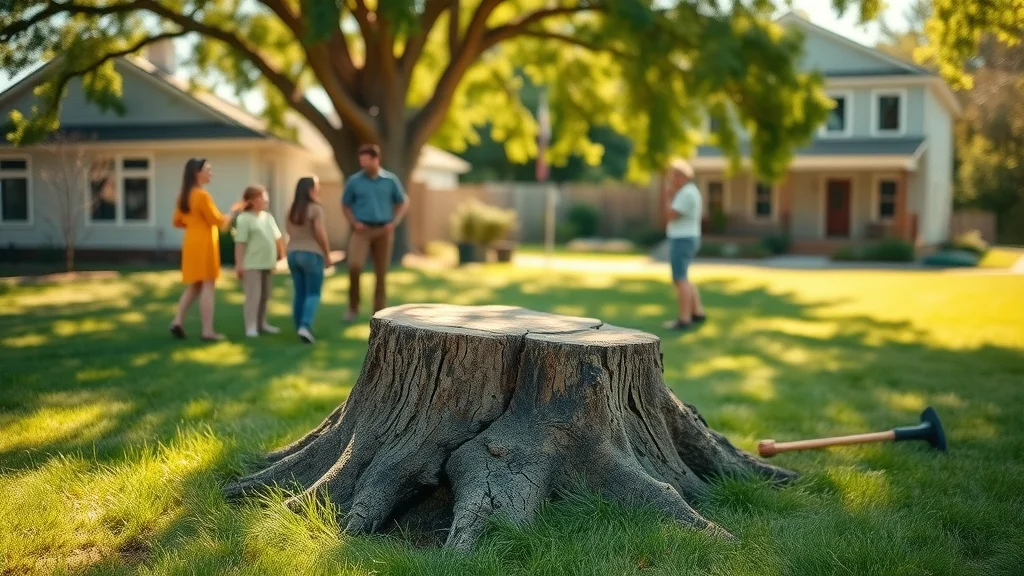

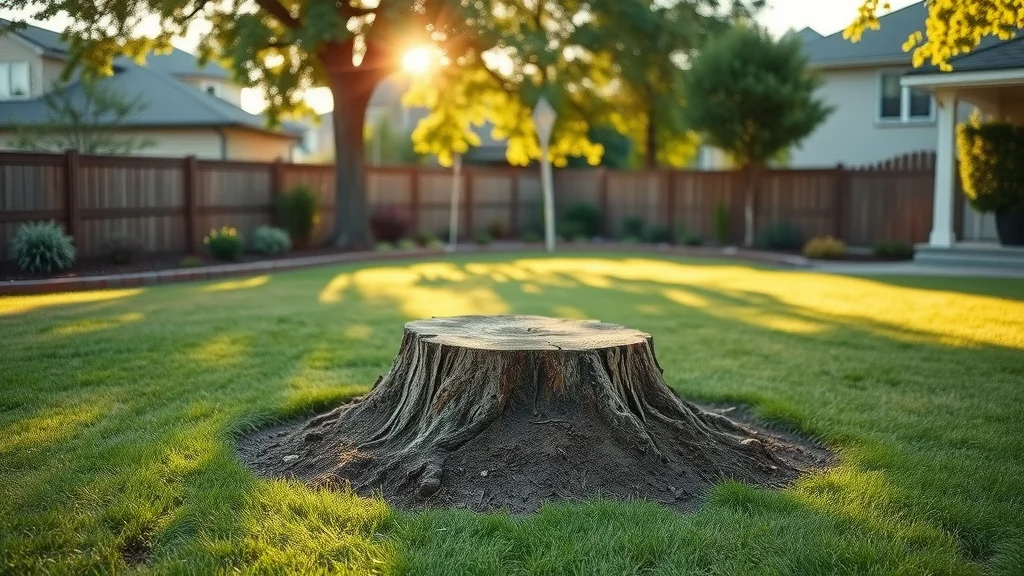
Write A Comment